Explain Why the Speed of Sound Changes in Different Mediums
The speed of sound is increasing because were effectively making the gas stiffer. Speed of Sound in Different Media.
Production And Propagation Of Sound Learn Physics Class 9 Amrita Vidyalayam Elearning Network
See optical dispersion for a description.

. The speed of the sound depends on the density and the elasticity of the medium through which it travels. When sound waves move from one medium to another there will be changes to the velocity or speed frequency and wavelength of the sound wave. In general sound travels faster in liquids than in gases and quicker in solids than in liquids.
The speed of sound also depends on the temperature of the medium. The speed of sound is increasing because were making the gas lighter so it. Water or solid eg.
The speed of sound in a medium is determined by a combination of the mediums rigidity or compressibility in gases and its density. In most cases when the temperature of a medium increases so does the speed of sound through that medium. If v changes and f remains the same then the wavelength latex lambda latex must change.
That means that the speed of the wave will be measured as slower. The properties of a sound wave change when it travels through different media. Temperature and Speed of Sound.
How The Speed of Sound Changes In Different Materials. Temperature affects the speed of sound because temperature can affect the elastic qualities of different mediums. The more rigid or less compressible the medium the faster the speed of sound.
The speed of sound in a medium is determined by a combination of the mediums rigidity or compressibility in gases and its density. The same phenomenon occurs with light waves. In any medium if the temperature increases the speed of.
The speed of sound varies in different mediums different temperatures and different pressuresThe speed of sound varies depending with the temperature altitude and air. Now suppose we keep the pressure constant and let the gas expand as its heated. Temperature affects the speed of sound by changing the density of the medium in which a sound wave travels.
The speed of sound varies greatly depending upon the medium it is traveling through. The power of the light beam will be attenuated. The table gives some examples.
A medium can be a solid liquid or a gas such as air. The speed that sound travels largely depends on the material type. At the very basics lower temperatures will decrease the speed of sound while higher temperatures will increase the speed of sound all other factors being equal.
The more the density the less its ability to propagate there by reducing the wave speed. Garry KnightCC-BY 20. In a dispersive medium the speed of sound is a function of sound frequency through the dispersion relation.
Each frequency component propagates at its own speed called the phase velocity while the energy of the disturbance propagates at the group velocity. The energy of the sound waves dissipated while moving through a medium is a function of atomic density of the medium. The speed of sound can change when sound travels from one medium to another but the frequency usually remains the same.
This means that sound travels faster through water than through air and faster through bone than through water. The speed of sound is an important parameter in many fields of physics. It is the wavelength but not the frequency that changes.
The greater the elasticity and the lower the density the faster sound travels in a medium. The speed of sound decreases when it passes from solid to gaseous state of a given medium. The interaction of the unattenuated waves and the substance introduces a lag which means there is a delay on the way through.
When a wave passes through a denser medium it goes faster than it does through a less-dense medium. At this rate sound will travel one mile in around five seconds. The more rigid or less compressible the medium the faster the speed of.
At 20 C the speed of sound in air is 3432 ms which corresponds to 1236 kmh. For example sound waves travel fastest when they are moving through solids and tend to travel a lot slower when moving through gases and liquids. If v changes and f remains the same then the wavelength must change.
The distance traveled per unit time by a sound wave propagating through a medium is referred to as the speed of sound. You can compare the speed of sound in dry air at different temperatures in the following Table below. Check Your Understanding 1.
Sound waves require a medium in order to travel. For a given medium sound has a slower speed at lower temperatures. The other reason is that the amplitude of the waves made by a particular instrument changes in a unique way as the seconds tick by.
This is a very broad summary as its not only the type of material that makes a difference to the speed. This is similar to the frequency of a wave on a string being equal to the frequency of the force oscillating the string. Youll find a much longer explanation of this in our article about electronic music synthesizers.
Why does the speed of sound vary through different media. An automatic focus camera is able to focus on. The speed of sound can change when sound travels from one medium to another but the frequency usually remains the same.
The speed of sound in a medium is determined by a combination of the mediums rigidity or compressibility in gases and its density. The speed of sound varies greatly depending upon the medium it is traveling through. The more rigid or less compressible the medium the faster the speed of sound.
The speed of sound in a particular medium depends on temperature and pressure of that medium. That means in equation 1 ρ ρ decreases while P stays constant and again the speed of sound increases. Flute sounds are immediate and die quickly while piano sounds take longer to build up and die out more slowly as well.
236 views Rick Gutbrod. Sound through different materials Sound travels faster through liquids and solids than it does through air and other gases. The speed of a sound wave depends on the properties of the medium through which it moves and the only way to change the speed is to change the properties of the medium.
This is similar to the frequency of a wave on a string being equal to the frequency of the force oscillating the string.

2a It Shows The Different Mediums When The Frequency Stays The Same But The Wavelength Changes Music Education Activities Learning Targets Music Education

Speed Of Sound Definition Formula Factors Affecting The Speed Of Sound And Faqs

Speed Of Sound Video Sound Khan Academy
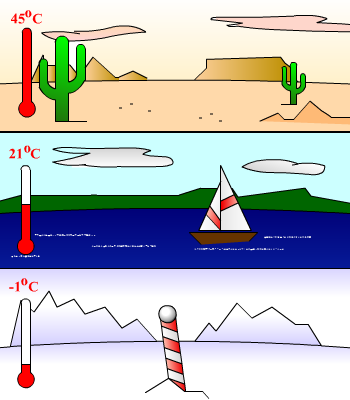
Nondestructive Evaluation Physics Sound

Speed Of Sound Frequency And Wavelength Physics

17 2 Speed Of Sound University Physics Volume 1
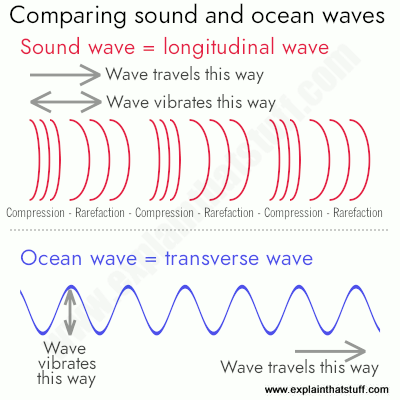
Sound The Science Of Waves How They Travel How We Use Them
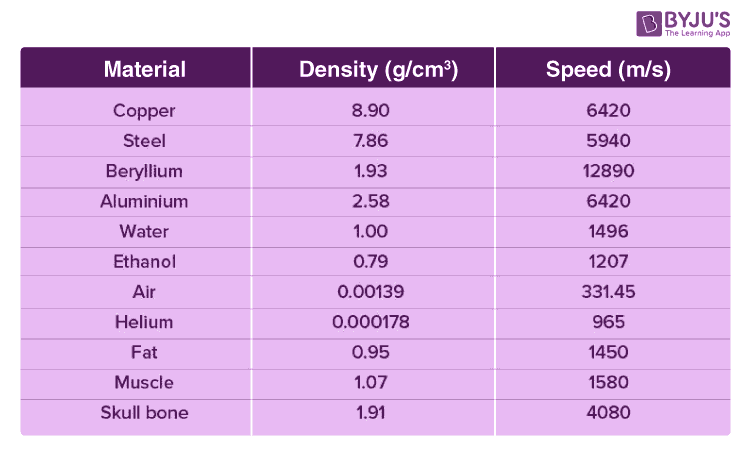
Speed Of Sound Definition Formula Factors Affecting The Speed Of Sound And Faqs
Production And Propagation Of Sound Learn Physics Class 9 Amrita Vidyalayam Elearning Network

Speed Of Sound Frequency And Wavelength Physics

Why Doesn T Changing Frequency Of Wave Change The Speed Of Wave Youtube

Relative Speed Of Sound In Solids Liquids And Gases Video Khan Academy
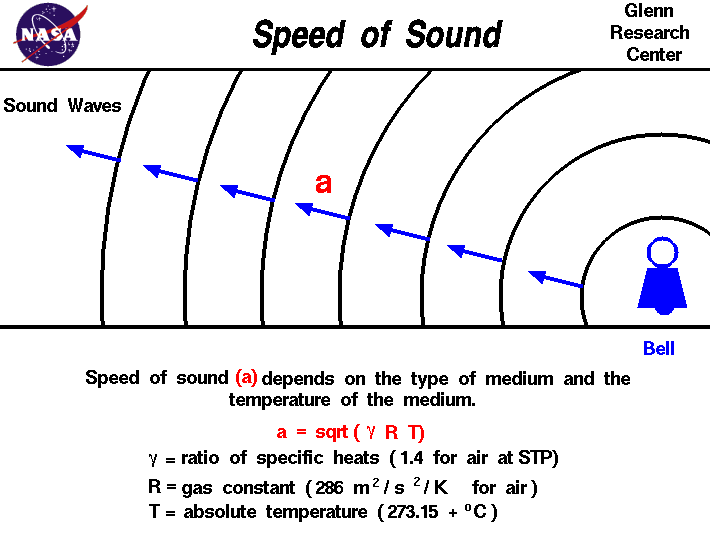
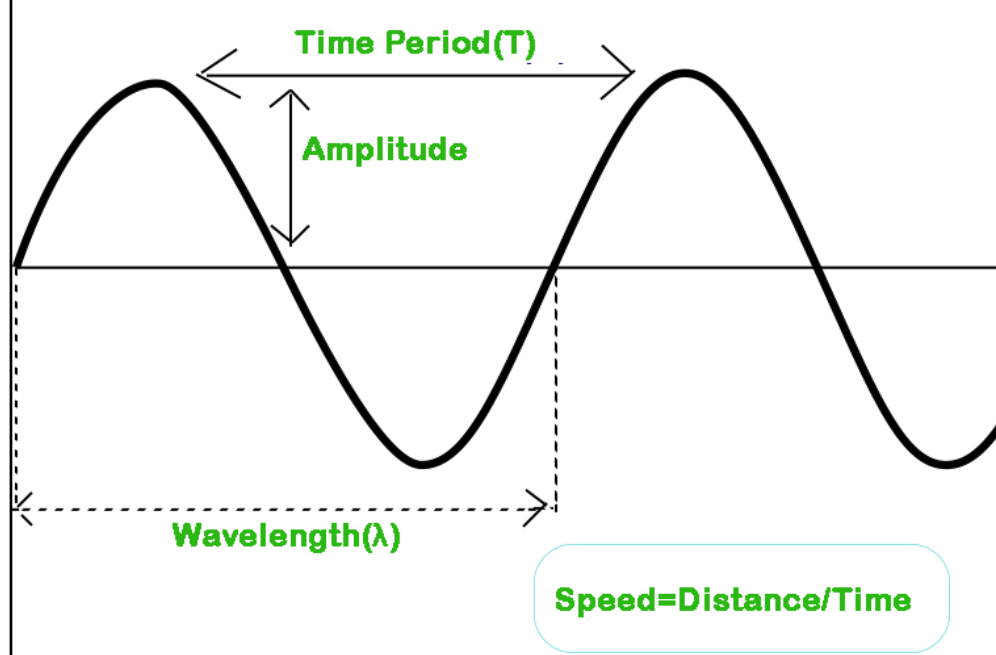

Comments
Post a Comment